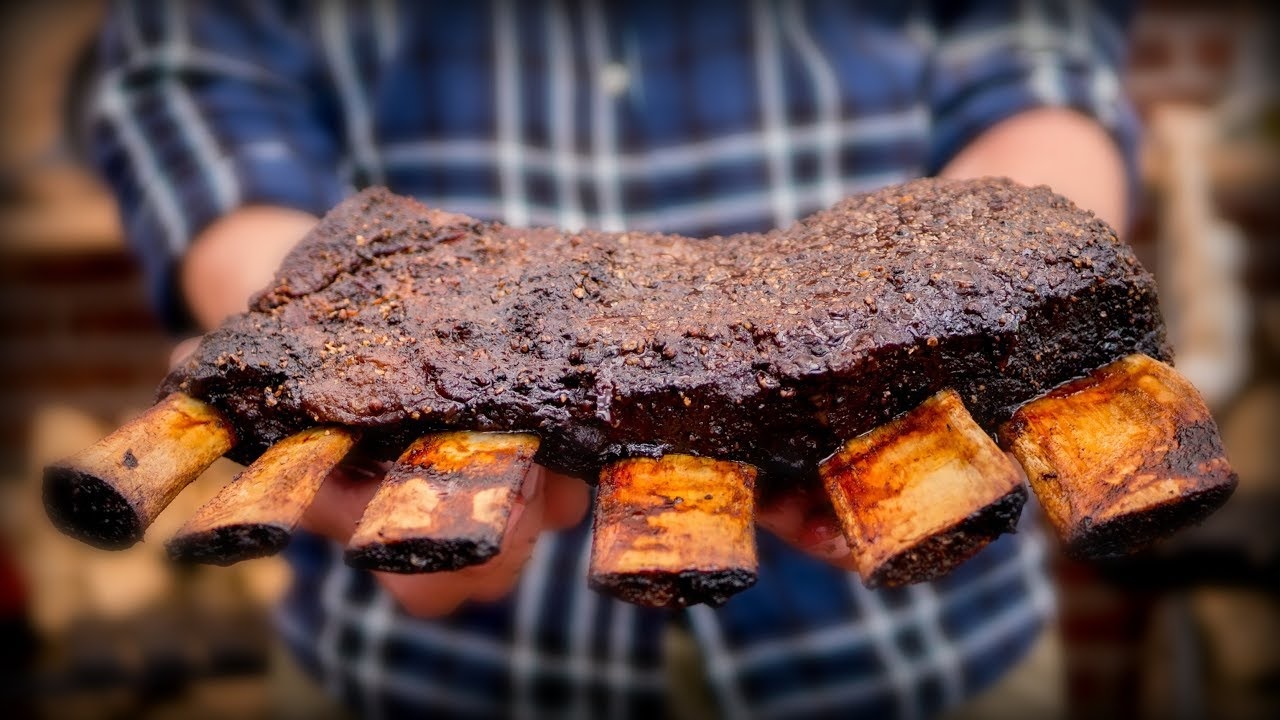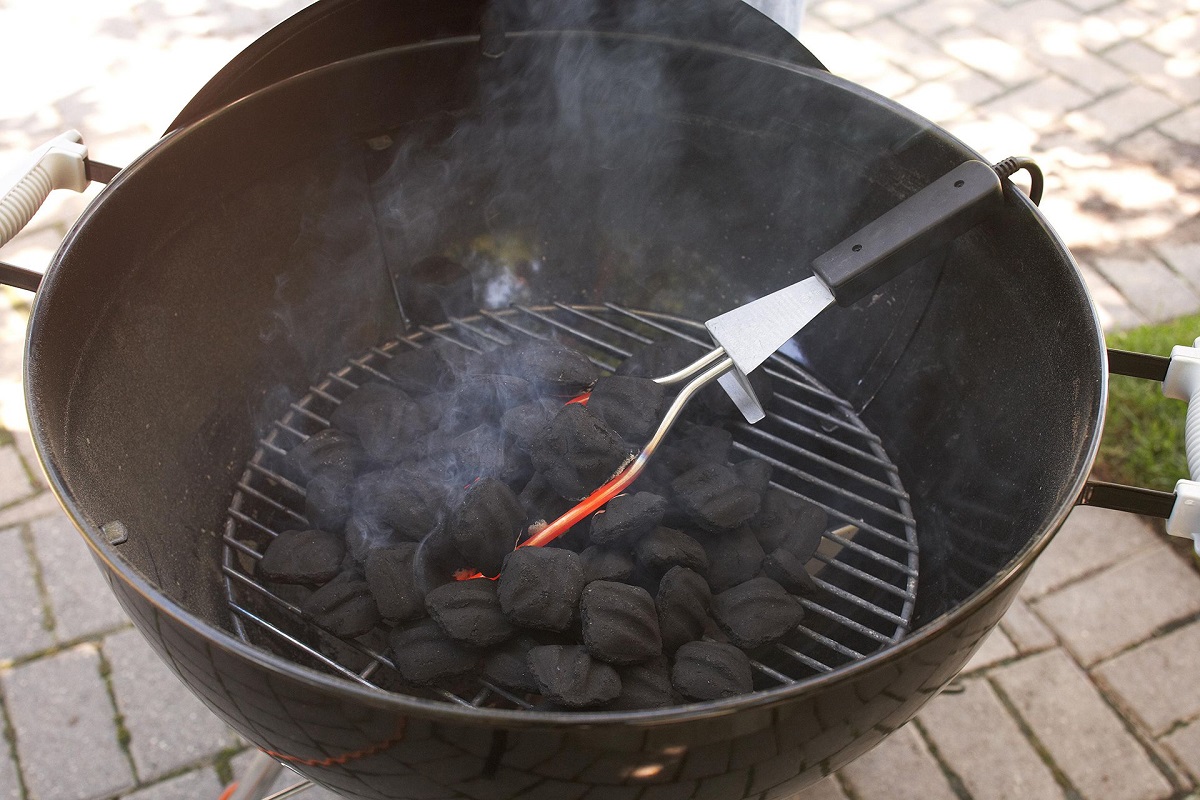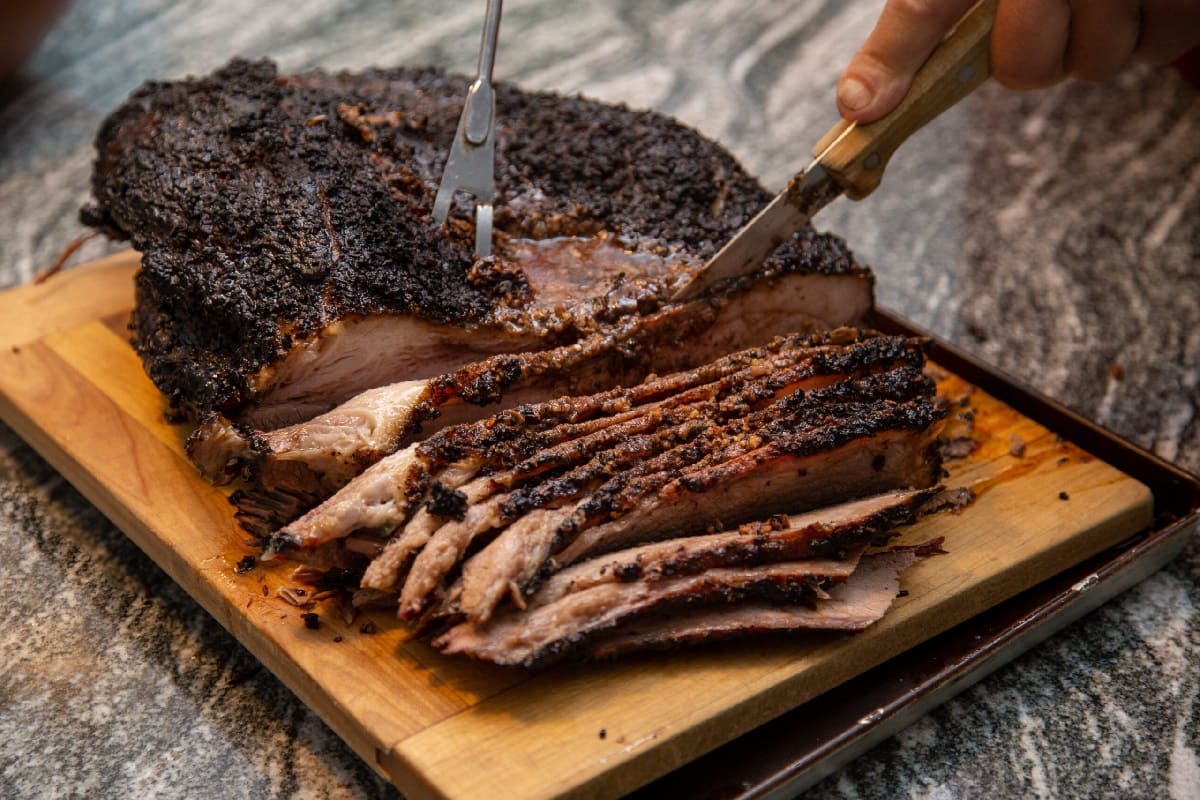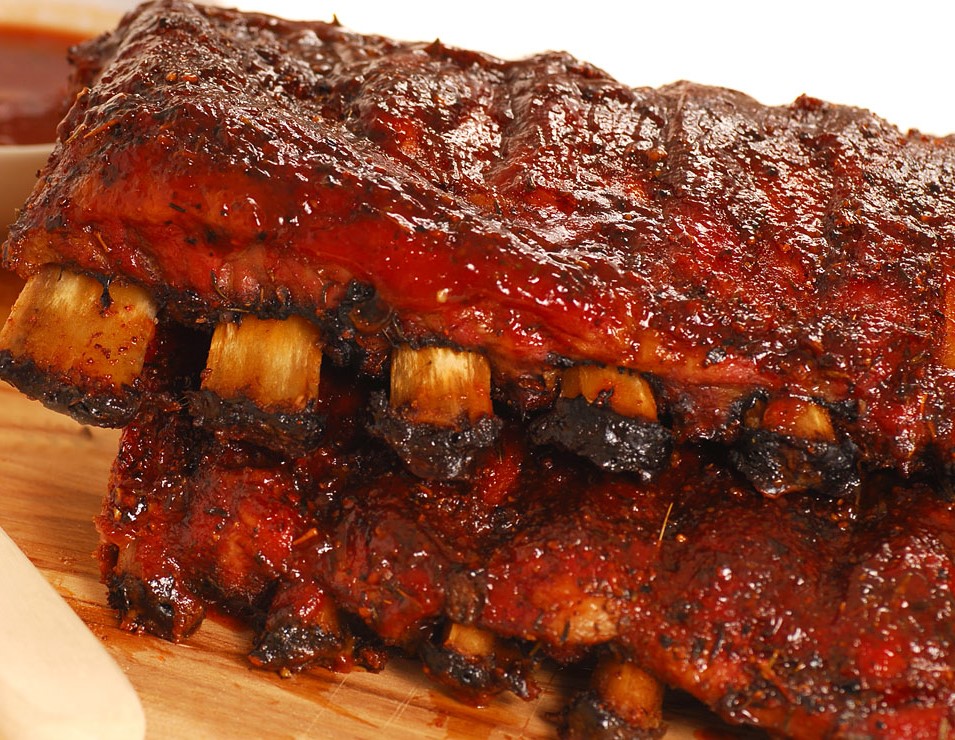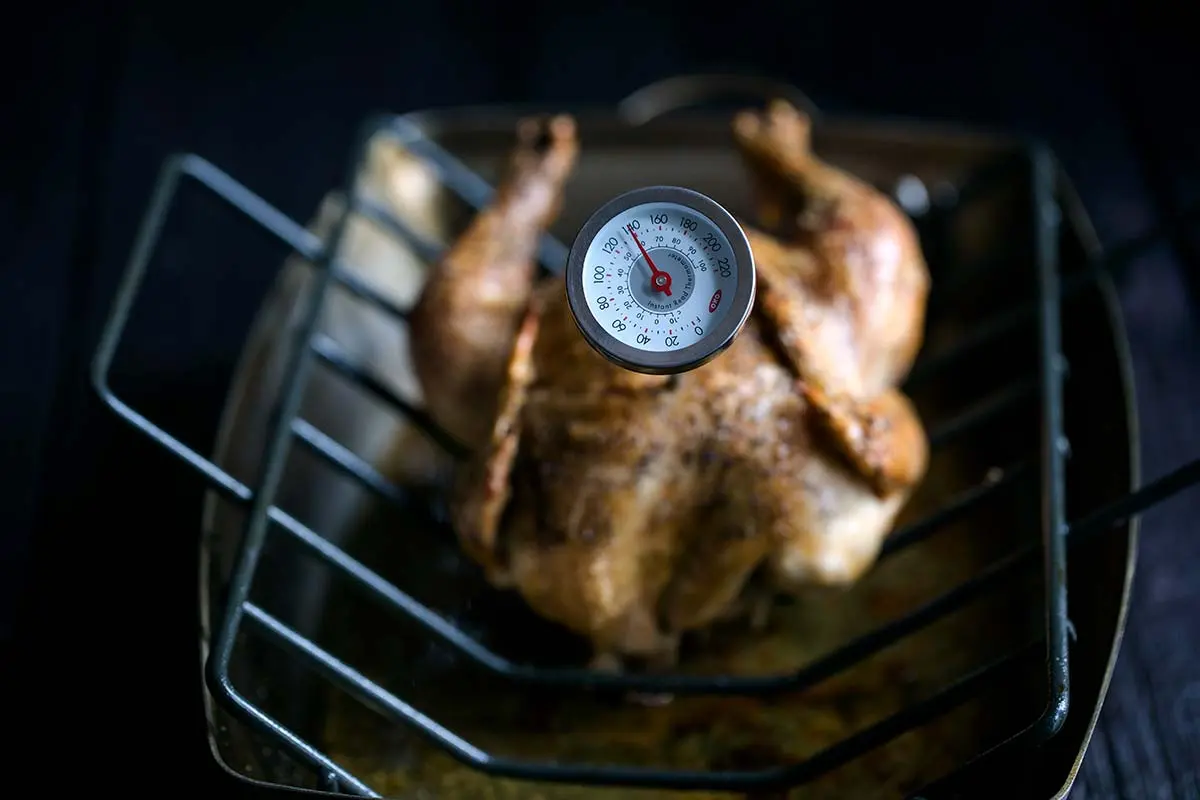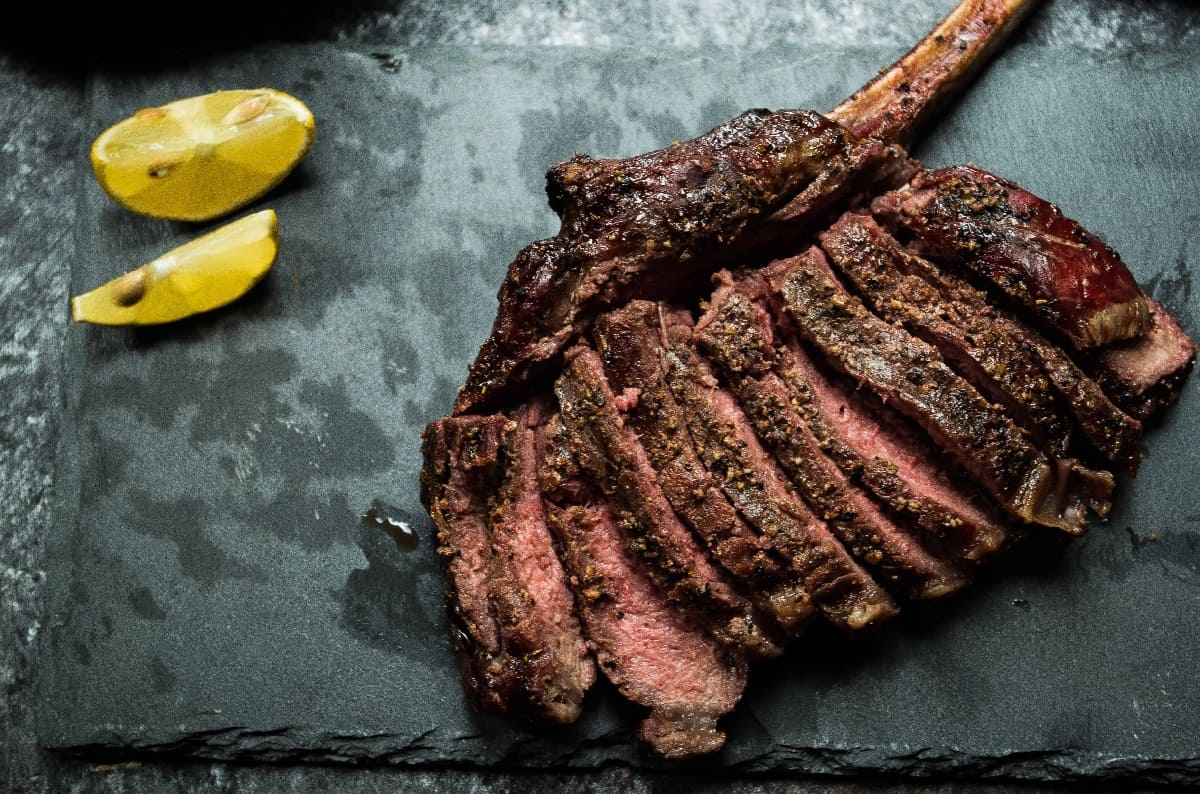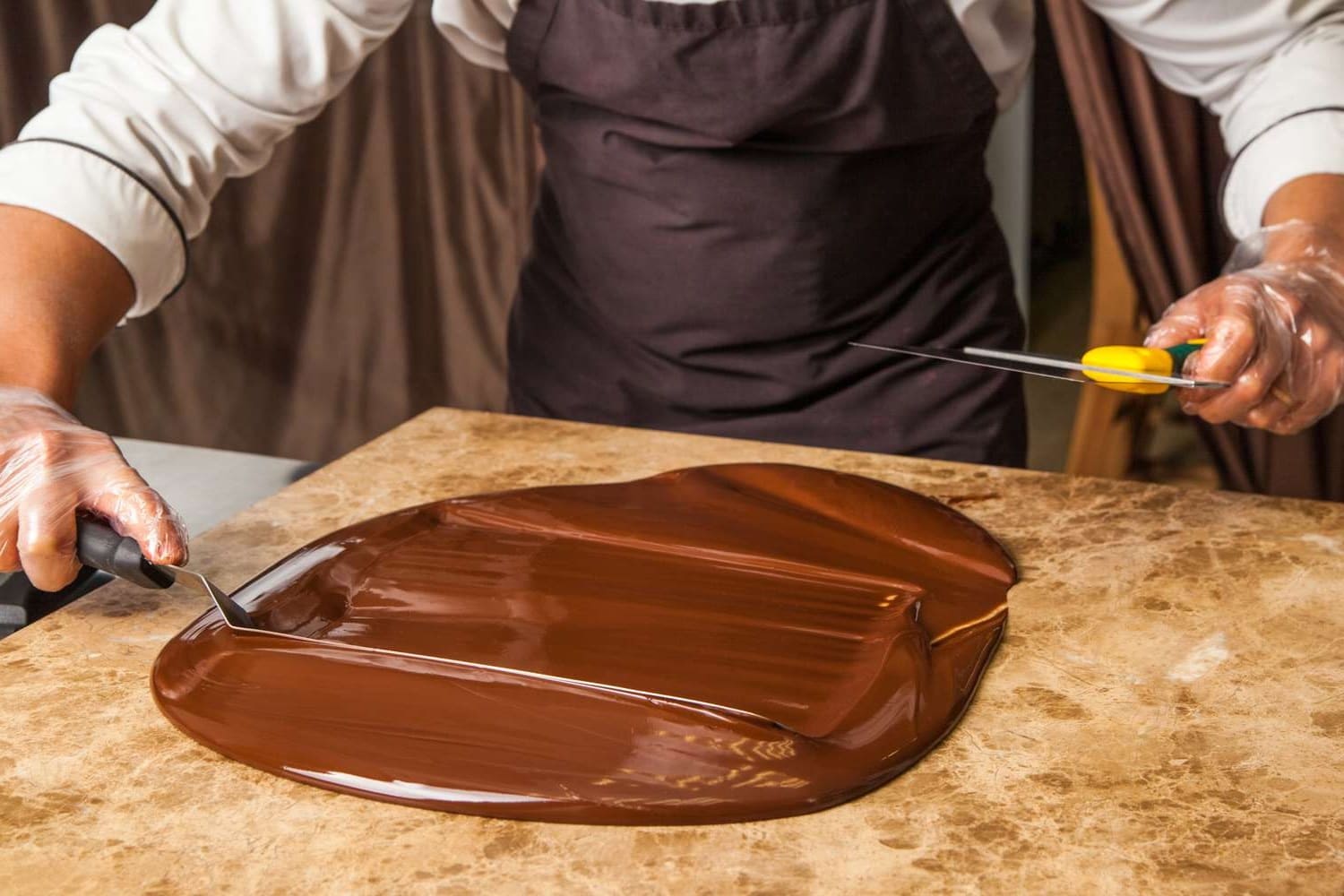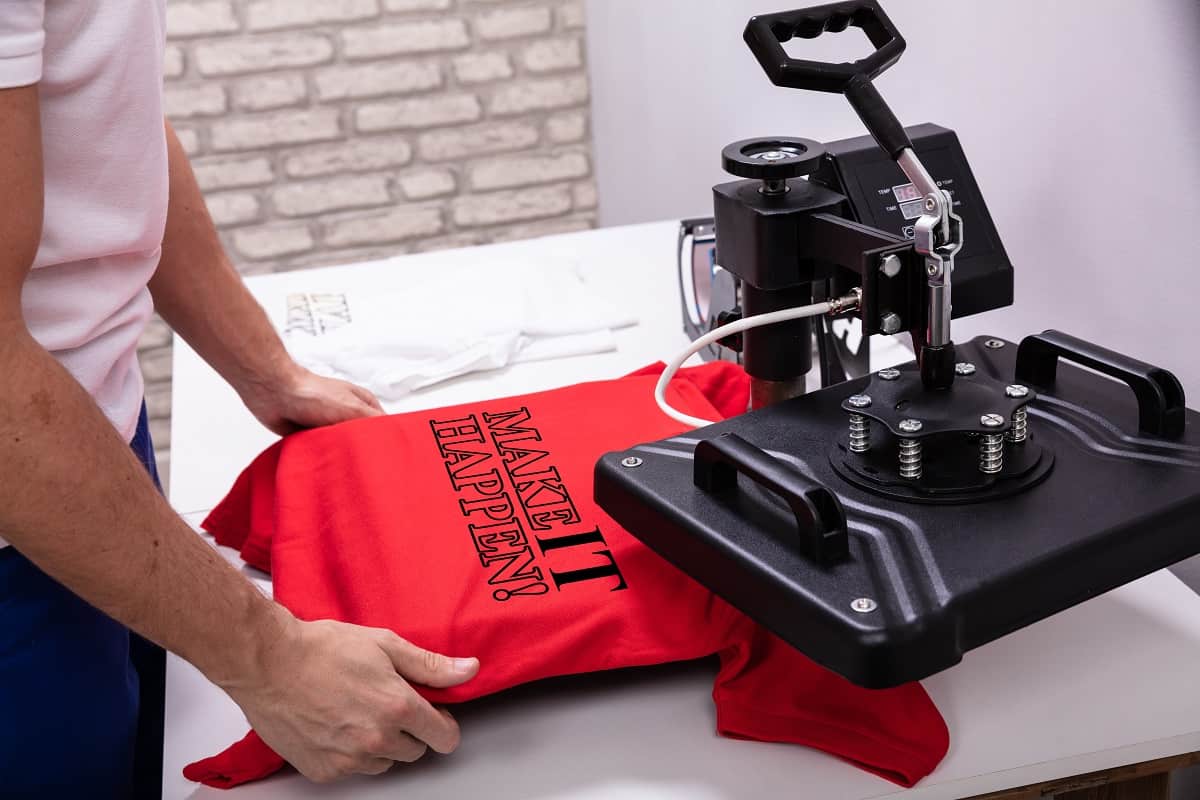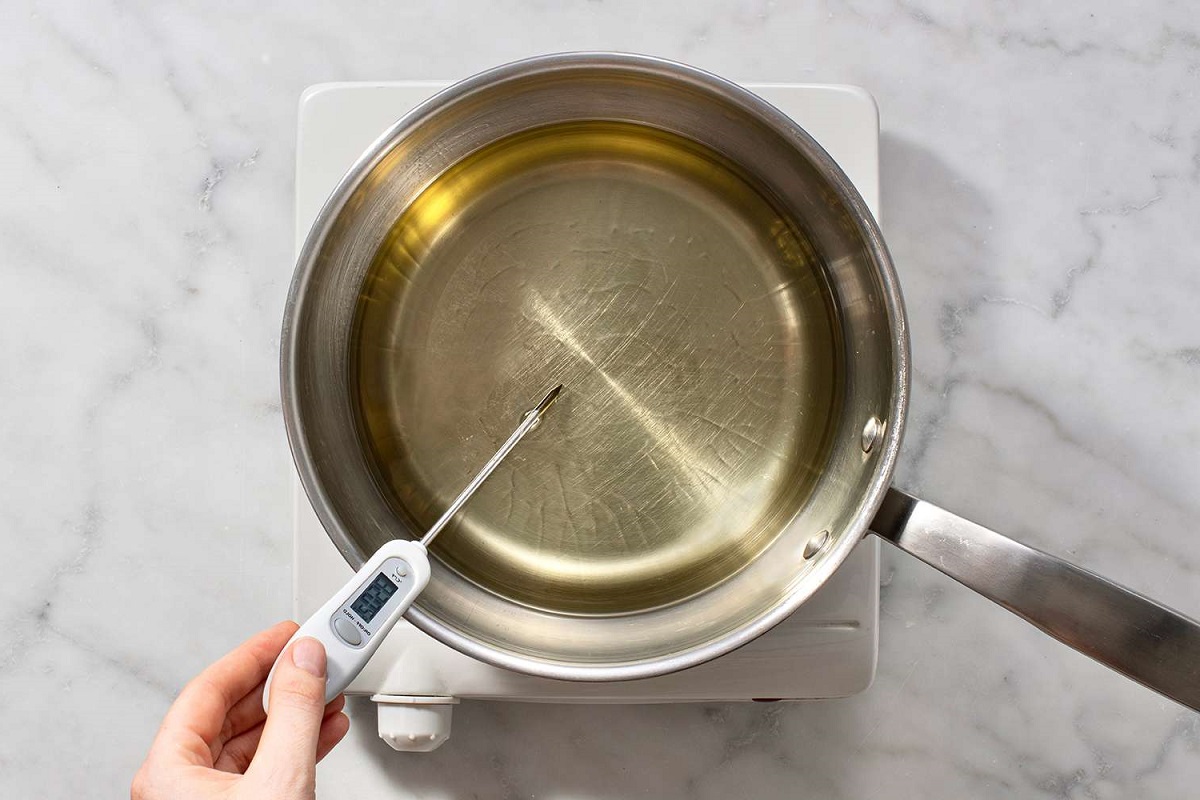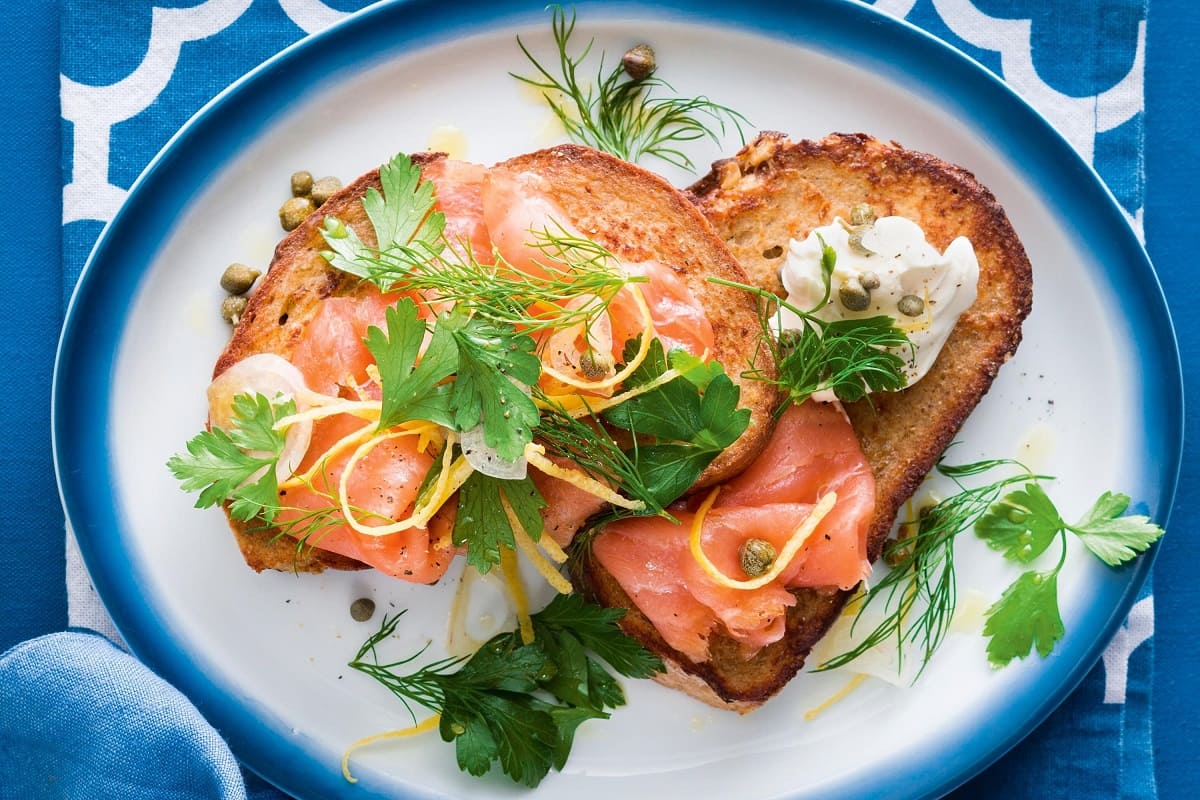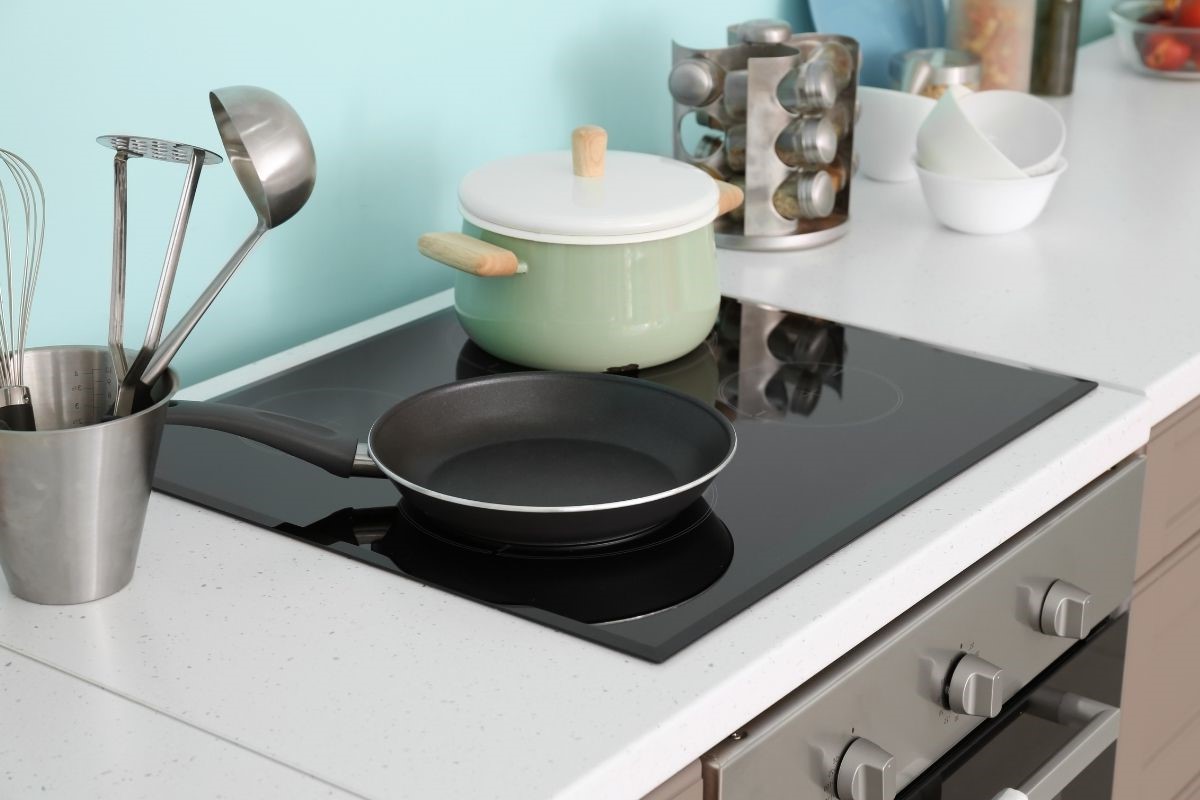Home>Culinary & Beverages>Ultimate Prime Rib Temperature Guide For Delicious Results
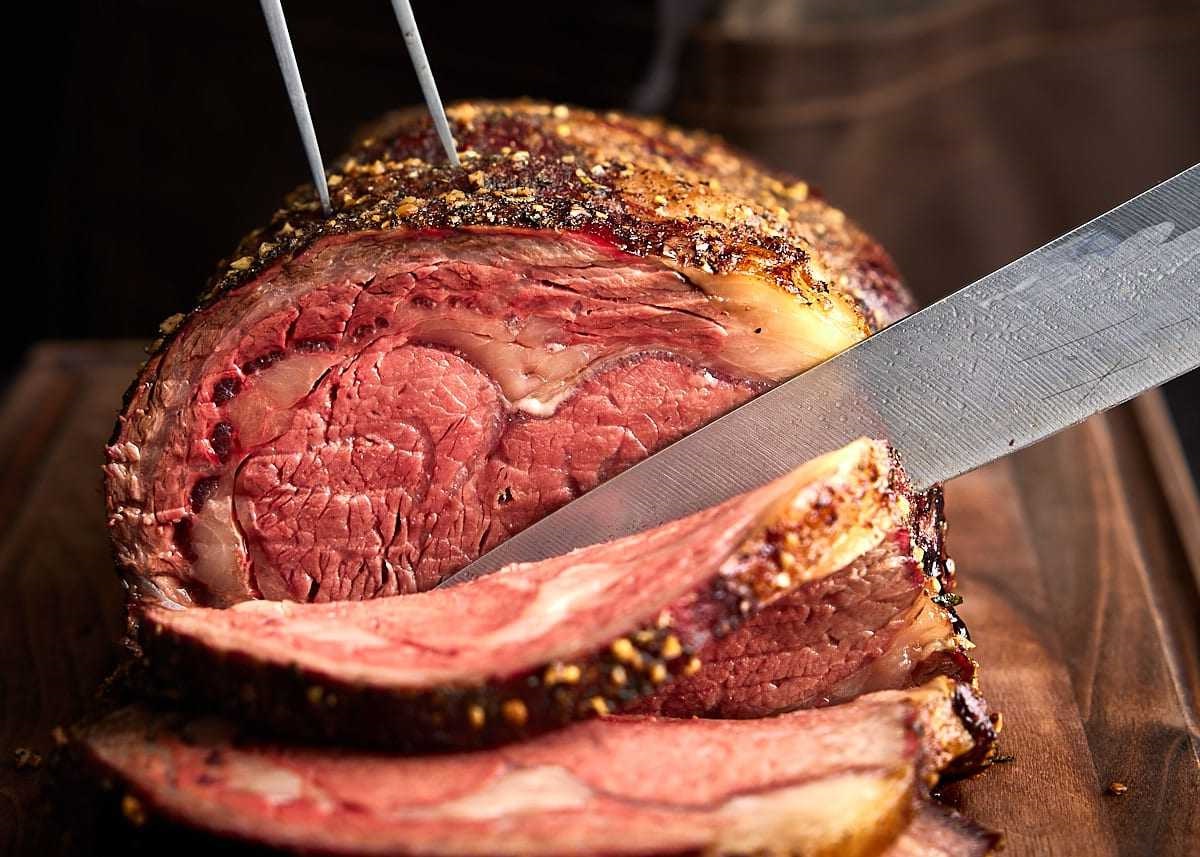

Culinary & Beverages
Ultimate Prime Rib Temperature Guide For Delicious Results
Published: February 22, 2024
Discover the perfect prime rib temperature for mouthwatering results with our ultimate culinary and beverage guide. Master the art of cooking prime rib to perfection!
(Many of the links in this article redirect to a specific reviewed product. Your purchase of these products through affiliate links helps to generate commission for Temperatures.com, at no extra cost. Learn more)
Table of Contents
Understanding the Prime Rib Cut
Prime rib is a highly sought-after cut of beef known for its exceptional tenderness and rich, beefy flavor. This succulent cut is taken from the primal rib section of the cow, specifically from the sixth through twelfth ribs. It is also referred to as a standing rib roast due to the way it is traditionally cooked and served, standing on the rib bones.
The prime rib is renowned for its generous marbling, which consists of intramuscular fat that enhances the flavor and juiciness of the meat. This marbling contributes to the prime rib's melt-in-your-mouth texture and makes it a favorite choice for special occasions and holiday feasts.
When selecting a prime rib, it's essential to consider the grade of the beef. Prime grade is the highest quality, featuring abundant marbling, which results in a tender and flavorful eating experience. Choice grade is also a good option, offering slightly less marbling than prime but still delivering excellent taste and tenderness. Select grade, while more economical, may be less tender and flavorful due to its lower marbling content.
The size of the prime rib is another crucial factor to consider. The number of ribs included in the roast determines its size, with a standard prime rib roast typically consisting of three to seven ribs. A three-rib roast is ideal for smaller gatherings, while a larger seven-rib roast can accommodate a more extensive guest list.
Understanding the prime rib cut also involves recognizing the various portions it comprises. The eye, or center, of the prime rib is the most desirable section, prized for its tenderness and marbling. The cap, located on the outer edge, boasts a rich, beefy flavor and is slightly less tender than the eye. The spinalis dorsi, also known as the rib cap, is a particularly flavorful and tender portion that is highly coveted by beef enthusiasts.
By understanding the prime rib cut, including its origin, marbling, grade, size, and different portions, you can make informed decisions when selecting and preparing this delectable cut of beef for a truly memorable dining experience.
Selecting the Best Prime Rib
When it comes to selecting the best prime rib for a mouthwatering culinary experience, several key factors come into play. The first consideration is the grade of the beef. Prime grade prime rib stands out as the top choice, characterized by abundant marbling that enhances tenderness and flavor. This superior marbling results in a delectably juicy and tender texture, making it the preferred option for those seeking an unparalleled dining experience.
For those looking for a balance between quality and affordability, choice grade prime rib is an excellent alternative. While it may feature slightly less marbling than prime grade, it still offers impressive tenderness and flavor, making it a popular choice for many discerning home cooks and chefs alike.
In contrast, select grade prime rib, while more budget-friendly, may not deliver the same level of tenderness and flavor due to its lower marbling content. As such, it is advisable to opt for prime or choice grade to ensure a truly exceptional dining experience.
Another crucial aspect to consider when selecting the best prime rib is the size of the roast. The number of ribs included in the roast determines its size, with a standard prime rib roast typically consisting of three to seven ribs. For intimate gatherings or smaller households, a three-rib roast is an ideal choice, offering a manageable size without compromising on flavor and tenderness. On the other hand, larger gatherings or special occasions may call for a more substantial seven-rib roast, accommodating a greater number of guests while providing an impressive centerpiece for the meal.
Furthermore, the specific portion of the prime rib should be taken into account. The eye, or center, of the prime rib is highly coveted for its exceptional tenderness and marbling, making it the focal point of many prime rib aficionados' preferences. The cap, located on the outer edge, boasts a rich, beefy flavor and slightly less tenderness than the eye, adding variety and depth to the overall dining experience. Additionally, the spinalis dorsi, or rib cap, is a prized portion known for its remarkable tenderness and intense beefy flavor, making it a sought-after delicacy among beef enthusiasts.
By carefully considering the grade, size, and specific portions of the prime rib, one can ensure that the chosen cut meets the highest standards of quality, resulting in a truly remarkable dining experience that delights the senses and leaves a lasting impression on all who partake in the culinary indulgence.
Preparing the Prime Rib for Cooking
Before embarking on the culinary journey of preparing a prime rib for cooking, it is essential to ensure that the meat is at its prime state for optimal flavor and tenderness. Properly preparing the prime rib involves several key steps that contribute to the overall success of the cooking process and the ultimate dining experience.
To begin, it is crucial to bring the prime rib to room temperature before cooking. Allowing the meat to sit at room temperature for approximately 1-2 hours enables it to cook more evenly, resulting in a tender and succulent texture. This step is particularly important, as cooking a cold prime rib directly from the refrigerator can lead to uneven cooking, with the exterior becoming overdone while the interior remains undercooked.
Next, the prime rib should be thoroughly seasoned to enhance its natural flavors and create a delectable outer crust. A simple yet effective seasoning blend of kosher salt, freshly ground black pepper, and aromatic herbs such as rosemary and thyme can be generously applied to the surface of the meat. This seasoning not only adds depth and complexity to the flavor profile but also forms a savory crust during the cooking process, further enhancing the overall dining experience.
In addition to seasoning, some culinary enthusiasts may opt to incorporate a flavorful rub or marinade to infuse the prime rib with additional layers of taste. This can include ingredients such as minced garlic, Dijon mustard, and olive oil, which not only complement the natural richness of the meat but also contribute to a beautifully caramelized exterior when cooked.
Furthermore, the preparation of the prime rib may involve the optional step of tying the roast with kitchen twine. This process, known as trussing, helps maintain the shape of the roast during cooking, resulting in a more visually appealing presentation and even cooking throughout the meat.
Finally, for those seeking an extra layer of flavor and succulence, the prime rib can be dry-aged in the refrigerator for a few days before cooking. Dry-aging allows natural enzymes to tenderize the meat while intensifying its flavor, resulting in a truly exceptional dining experience.
By meticulously preparing the prime rib through these essential steps, one can ensure that the meat is primed for cooking, setting the stage for a culinary masterpiece that delights the senses and elevates the dining experience to extraordinary heights.
Cooking Methods for Prime Rib
When it comes to cooking prime rib, there are several methods that can be employed to achieve succulent, flavorful results that will leave diners craving more. Each cooking method offers its own unique approach to preparing this prized cut of beef, allowing for a range of textures and flavor profiles to suit individual preferences.
1. Oven Roasting:
Oven roasting is a classic and popular method for cooking prime rib. This approach involves placing the seasoned prime rib in a preheated oven and allowing it to cook at a consistent temperature until reaching the desired level of doneness. The high, direct heat of the oven creates a beautifully caramelized crust on the exterior while sealing in the natural juices, resulting in a tender and flavorful roast.
2. Grilling:
Grilling prime rib over an open flame imparts a delightful smokiness and charred flavor to the meat. The intense heat of the grill sears the exterior, locking in the juices and creating a tantalizing crust. This method offers a unique twist on traditional prime rib preparation, appealing to those who appreciate the distinct flavor profile achieved through grilling.
3. Smoking:
Smoking prime rib introduces a rich, smoky essence that permeates the meat, infusing it with a depth of flavor that is truly exceptional. Slow smoking at a low temperature allows the meat to absorb the aromatic wood smoke, resulting in a tender, melt-in-your-mouth texture and a distinctively smoky taste that sets this method apart.
4. Sous Vide:
Sous vide cooking involves vacuum-sealing the prime rib and immersing it in a precisely controlled water bath for an extended period. This gentle, low-temperature cooking method ensures that the meat is evenly cooked to the desired doneness throughout, resulting in unparalleled tenderness and juiciness. Once cooked, a quick sear in a hot pan or on the grill adds a delightful crust to the exterior.
5. Reverse Searing:
Reverse searing involves first cooking the prime rib at a low temperature to the desired doneness and then finishing it with a high-heat sear. This method allows for precise control over the internal temperature of the meat, resulting in a uniformly pink and tender interior, complemented by a flavorful crust on the outside.
Each of these cooking methods offers a distinct approach to preparing prime rib, allowing for a diverse range of textures, flavors, and culinary experiences. Whether oven roasting for a classic and timeless appeal, grilling for a smoky and charred essence, smoking for a rich and aromatic flavor, sous vide for unparalleled tenderness, or reverse searing for precise control over doneness, the choice of cooking method ultimately contributes to the creation of a truly unforgettable prime rib dining experience.
Determining the Perfect Temperature
Achieving the perfect temperature when cooking prime rib is paramount to ensuring a delectable dining experience that showcases the meat's exceptional tenderness and flavor. The ideal internal temperature of prime rib is influenced by individual preferences for doneness, ranging from rare to well-done, and is a critical factor in determining the succulence and texture of the final dish.
For those who prefer their prime rib rare, an internal temperature of 120°F to 125°F (49°C to 52°C) is recommended. This results in a vibrant, red center with a soft, juicy texture, offering a true showcase of the meat's natural flavors and tenderness. Medium-rare enthusiasts may aim for an internal temperature of 130°F to 135°F (54°C to 57°C), which presents a slightly firmer texture while retaining a rosy-pink center and abundant juiciness.
Moving towards a medium doneness, an internal temperature of 140°F to 145°F (60°C to 63°C) yields a more pronounced pink hue with a tender yet substantial texture, appealing to those who prefer a balance between tenderness and firmness. For a medium-well prime rib, an internal temperature of 150°F to 155°F (66°C to 68°C) provides a hint of pink in the center, delivering a tender yet firmer consistency that retains a degree of juiciness.
Finally, for those who favor a well-done prime rib, an internal temperature of 160°F to 165°F (71°C to 74°C) results in a fully cooked, firm texture with little to no pinkness, offering a robust and hearty dining experience.
It is essential to utilize a reliable meat thermometer to accurately gauge the internal temperature of the prime rib, ensuring precision in achieving the desired level of doneness. Additionally, allowing the prime rib to rest after cooking is crucial, as it enables the redistribution of juices throughout the meat, resulting in a more flavorful and tender dining experience.
By understanding and determining the perfect temperature for prime rib based on individual preferences for doneness, one can elevate the culinary journey to new heights, savoring each succulent and flavorful bite of this exceptional cut of beef.
Resting and Carving the Prime Rib
Resting the prime rib after cooking is a crucial step that significantly impacts the overall dining experience. Once the prime rib reaches the desired internal temperature and is removed from the heat source, it should undergo a resting period to allow the juices to redistribute throughout the meat. This essential phase ensures that the prime rib remains tender, succulent, and bursting with flavor when it is finally served.
During the resting period, the residual heat within the prime rib continues to gently cook the meat, resulting in a more uniform distribution of juices. This process contributes to the enhancement of the meat's tenderness, as the juices, which tend to concentrate near the surface during cooking, are given the opportunity to permeate the entire roast. As a result, each slice of prime rib becomes infused with an exquisite juiciness that tantalizes the palate and elevates the dining experience to extraordinary heights.
The duration of the resting period is equally important. A general guideline is to allow the prime rib to rest for approximately 15 to 30 minutes, depending on the size of the roast. This resting time allows for the optimal redistribution of juices without compromising the temperature of the meat, ensuring that it remains pleasantly warm when served.
Once the prime rib has completed its resting phase, it is time to embark on the art of carving. The process of carving the prime rib is a culinary ritual that requires precision and finesse to ensure that each slice is presented in all its succulent glory.
To begin, it is essential to carve the prime rib against the grain, which helps to maximize tenderness and ensure a delightful eating experience. Using a sharp carving knife, each slice should be cut to the desired thickness, allowing the rich marbling and juiciness of the meat to take center stage with every serving.
For those seeking a traditional presentation, the prime rib can be carved into thick, generous slices that showcase the exquisite texture and marbling of the meat. Alternatively, thinner slices may be preferred for a more delicate and refined serving style, catering to individual preferences and creating a visually appealing presentation.
The art of resting and carving the prime rib is a testament to the meticulous care and attention that goes into preparing this exceptional cut of beef. By honoring these essential steps, one can ensure that each slice of prime rib delivers an unparalleled dining experience, captivating the senses and leaving a lasting impression on all who partake in this culinary indulgence.
Serving Suggestions for Prime Rib
Serving prime rib is a culinary celebration that calls for thoughtful accompaniments and presentation to complement the exquisite flavors and textures of this revered cut of beef. Whether hosting a festive gathering or enjoying an intimate meal, the following serving suggestions are designed to elevate the prime rib dining experience to new heights, delighting the palate and captivating the senses.
1. Au Jus and Horseradish Sauce
Pairing prime rib with a rich and flavorful au jus, a savory meat juice-based sauce, enhances the succulence of each bite. The au jus serves as a delectable dipping option, adding depth and moisture to the prime rib. Additionally, a zesty horseradish sauce provides a piquant contrast, elevating the overall flavor profile and offering a tantalizing accompaniment that complements the robustness of the meat.
2. Roasted Vegetables
Serving prime rib alongside a medley of roasted vegetables creates a harmonious balance of flavors and textures. Roasted root vegetables such as carrots, parsnips, and potatoes offer earthy sweetness and a satisfying contrast to the richness of the prime rib. The caramelized edges and tender interiors of the vegetables provide a delightful accompaniment that enhances the overall dining experience.
3. Creamy Mashed Potatoes
Indulge in the luxurious pairing of prime rib with creamy mashed potatoes, offering a velvety and comforting side dish that perfectly complements the robust flavors of the meat. The smooth and buttery texture of the mashed potatoes provides a delightful contrast to the tender, juicy prime rib, creating a symphony of flavors that captivates the palate.
4. Fresh Herb Salad
A refreshing and vibrant herb salad featuring a medley of fresh greens, such as arugula, watercress, and spinach, offers a light and palate-cleansing accompaniment to the rich flavors of the prime rib. Tossed in a zesty vinaigrette, the herb salad provides a refreshing counterpoint, adding brightness and a burst of freshness to the dining experience.
5. Red Wine Pairing
Complement the indulgence of prime rib with a robust red wine, such as a full-bodied Cabernet Sauvignon or a rich Merlot. The complex flavors and tannins of the red wine harmonize with the savory richness of the prime rib, creating a luxurious and well-rounded dining experience that is sure to impress discerning palates.
By incorporating these serving suggestions, one can create a memorable and indulgent dining experience centered around the exquisite flavors and textures of prime rib. Each element contributes to a symphony of flavors and textures, ensuring that every bite of prime rib is a culinary delight that leaves a lasting impression on all who partake in this extraordinary dining experience.
